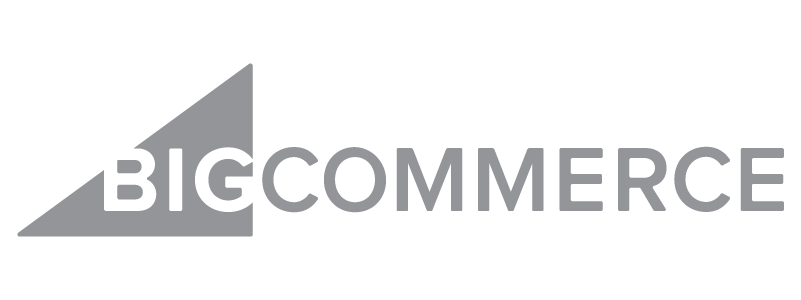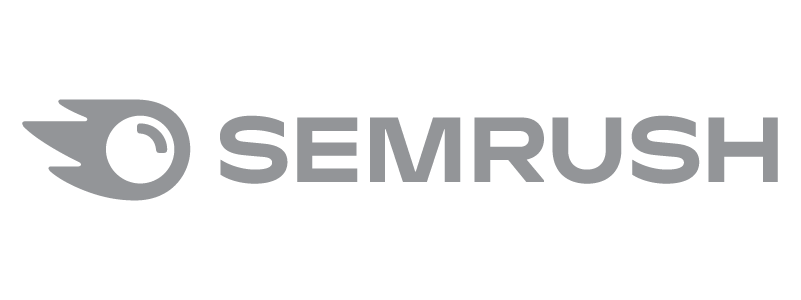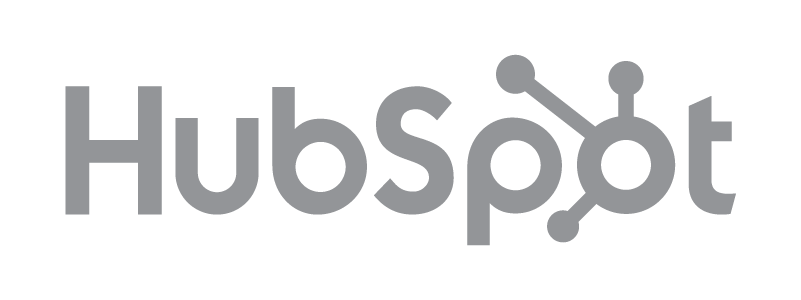Marketing strategies are the backbone of every successful business. Print media, email, and digital marketing had their fair share of being at the top when reaching out to people.
In today’s business landscape, many business owners think that digital marketing is enough to survive in this competitive scene. But some think otherwise.

Entrepreneurs and marketers have noticed that a paradigm shift has happened – where customer experience has trumped traditional and digital marketing.
If this is the case, then what marketing strategy focuses on customer experience? It’s experiential marketing, also referred to as event marketing. It’s a strategy that’s unique and can engage your target audience differently.
If you’re ready to know more about this, then let’s get right to it.
What Is Experiential Marketing?

Marketing has been around for decades. Throughout the years, we’ve seen several innovations in this industry.
Marketers started by handing out flyers to posting advertisements on paper. Then they noticed how important words were in their field. It was their primary way to connect with their audience. So they transitioned from using business English to casual English for their audience to relate more.
Other than words, their medium has also changed. From newspapers, billboards, televisions to computers and smartphones.
But one thing remained constant: most marketing strategies were about formulating a set of phrases to hook people.
When experiential marketing came into the scene, it was a completely different style from the traditional marketing techniques. It was unlike any marketing effort. It’s not something you see and read; it’s about making people experience something.
Experiential marketing is a strategy that uses experiences to tell your customers what your business is, what your products are and what your company stands for.
In this particular niche, businesses are not bound by the exact meaning of the term. What’s important here is to let your creative juices flow.
As you’ll see later, some companies that have done experiential marketing have deviated from this meaning but have seen great success.
This campaign can be an immersive or a live experience that allows the brand to connect with customers on a deeper level.
This works well when customers give more weight to brand experience than any other marketing effort.
It’s a unique and relatable way to raise brand awareness and build loyalty.
What Makes Experiential Marketing Effective?

Engaging presentations are a thing of the past now, and traditional marketing isn’t racking up numbers like it used to. If you value your online business or physical store, your business process needs to adapt to the ever-changing consumer behavior.
In today’s advertising world, where everything is automated, from email software to customer responses, consumers seek real human connections. And if you want to engage your customers, you need to give them an experience.
Experience is something that naturally attracts humans. We all love experiences.
Experience can be something we learn, stimulates our senses, or is personal. To some, you can’t define experience. It’s just something you feel.
But whatever it is, humans love experiences, especially when it’s the first.
That’s why we cherish the experience of our first kiss, the first child, the first love, even the death of a loved one. These memorable experiences will always have a place in our hearts, whether positive or negative.
Experiential marketing is effective simply because of the “experience” it gives to people.
This type of strategy is so foreign to consumers that they are delighted, excited, or happy to have experienced something like this.
Experiential marketing goes beyond witty phrases, it engages consumers on a more profound and human level.
Understand that throughout the consumers’ lives, they’ve been fed with the same old marketing tricks – persuaded with words that entice them to buy stuff.
Billboards, email, affiliate marketing, social media marketing, all of these things are trying to get attention with words. And it has been that way for several decades already.
Some consumers are so desensitized to this marketing tactic because almost everyone does it. Nothing stands out anymore.
And that’s the reason why experiential marketing tactics are so effective. It’s new, it’s unique, it’s immersive.
How Experiential Marketing Can Help Your Business
Experiential marketing can be relatively new to some businesses in the industry. You can be the first mover in this strategy and see some results with it.
1. Build brand awareness and increase sales

The main reason why businesses do marketing in the first place is to increase their brand awareness. They want more customers to know about them.
You can argue that this can be achieved using traditional and digital marketing, but those strategies don’t come with the experience that experiential marketing gives out to consumers.
This strategy allows you to let your audience know what products you’re selling. You can use this to also demonstrate what your product solves.
Mailchimp can hold an experiential marketing campaign where they demonstrate why they are the best marketing integrated platform. iNecta can do the same and show why they have the best food ERP software. Canva demonstrates that people can also create stunning graphics using their platform.
Once you increase brand awareness, you also acquire loyalty in the process, ultimately bringing you more sales. You’re able to increase your sales without putting a single dollar on sales tools like a predictive dialer, CRM solutions, or any trendy marketing tactic like influencer marketing.
2. It’s not intrusive and it attracts the right people

Old marketing techniques forcefully appear in front of people. For example, TV ads appear on television without any consent from the viewers. The same goes for marketing ads in the digital world.
With the lack of cybersecurity and privacy, businesses can track your online activity and set pop-up ads for you. Try searching for a product online and watch it pop up on every website you go to.
This is what we mean by intrusive. But when it comes to experiential marketing, it does none of that. It’s not even close to what common marketing strategies do.
In fact, in most experiential marketing campaigns, the people are the ones coming to the brands. They’re the ones signing up and want to experience it.
3. It increases brand loyalty
This marketing strategy produces the same goal as loyalty marketing. Wherein if this campaign is done right, it can increase customer brand loyalty.
But to attain brand loyalty using experiential marketing, you don’t need loyalty programs or rewards; you can do so by showing what your business stands for.
If there’s a political, social, or national issue that you want to show support for, you can show it by holding an event that also acts as your marketing campaign.
When customers know what you stand for and what you believe in, this often increases brand loyalty. It makes customers know that they’re doing business with the right people.
4. Free PR and word of mouth marketing

There are only three things that can drive word-of-mouth marketing for your business, good products, good service, and a creative successful experiential marketing campaign.
Once you’ve set up an excellent campaign that gives people a once-in-a-lifetime experience, they’ll be telling it to their friends and families immediately.
They’ll do all the marketing for you. They’d be spreading the word that it’s a must-try for people who are interested in your niche.
If your campaign is truly unique and creative, publications and press will pick up on this and see it as newsworthy. Remember that publications like to report something that’s fun, attention-grabbing, and inspiring.
If you get the media’s attention coupled with a lot of social media posts about your campaign, you will surely hit the marketing KPIs that you’ve set.
5. It gives the people what they want the most – experience
To make the experience be more authentic and felt, you should do your campaign live. Unless, of course, you can make an online event interactive and engaging.
As you’ve read above, experiential marketing is different from the rest because of the experience that it gives to people. And experience is something that we humans love.
If your own experiential marketing campaign is a success, your business will be the talk of the town. Brands would link up with you, and customers would like to try out your business.
6. Extra material for marketing
A benefit of experiential marketing goes beyond just at the moment of the campaign. For example, if you document the event, you’ll have another marketing material that you can use for video marketing.
When big companies do this type of campaign, they document what happened and highlight the people’s reactions. This allows them to share the video with people who weren’t able to experience the campaign firsthand.
7. It brings out a positive image
When people enjoy and love your experiential marketing, it puts your business in a good light. If done right, it places your customers in a positive mood. They are interested, excited, and happy – all emotions that increase customer engagement.
If it’s their first interaction with your brand, that experience will have a lasting effect. Since, as we all know, first impressions are everything. It doesn’t matter if it’s business to business or business to consumer, first impressions will always matter to us.
Ideas For Your First Experiential Marketing Strategy
Now that you know what experiential marketing is and how it can benefit your business, it’s time to list some experiential campaigns that you can follow.
I. Set up tours in your facility

Tours in the facility aren’t just for onboarding new employees anymore. It can be for your audience as well.
If you’re serious about letting your customers experience something special, planning a tour of your facility can be an option.
No matter what type of business you’re in, it’s not every day for your customers to go inside the facility of their favorite company.
Customers get to appreciate products more if they see how it’s built from scratch to the final stage. They’ll see firsthand how much effort and time is put into producing the products they’re using.
To make it more experiential, you can let people try out the machines and equipment – given that you have extra safety gear.
If your business makes products customers can bring home, involve them in production. Customers will never forget what it felt like to go inside your production facility and personalize their product.
If you’re able to do this successfully, it will be one great experience for your customers. It’s a story they can tell to their friends and families.
II. Plan a workshop
Workshops were a great experiential marketing campaign back in the day. It made businesses stay close to their audience.
Nowadays, online course platforms and recorded webinars have taken the place of face-to-face events.
We get it, people are busy and would like to stay in the comforts of their own home. But as we mentioned earlier, experiential marketing works best in a live setting.
That’s why if you like to try a true experiential marketing campaign, you must hold a live workshop. So people will get to experience what it’s like to create their favorite product or learn more about it.
Even if your service needs the use of the internet like a digital agency, you can utilize workshops.
PaperStreet, a digital marketing agency for law firms, can hold a live workshop for people in their niche. They can educate how law firms should use SEO properly, utilize PPC correctly, and other digital marketing tactics.
Sure they can do this online, but face to face always gives out a better experience.
An added factor that makes the experience better is that attendees are surrounded by people with the same interests.
Remember that experiential marketing is all about the experience. And being with like-minded people and enjoying the whole process is a formula for a great experience.
III. Out of the box concepts
An out-of-the-box campaign can be creating an event or a pop-up booth where you can show the usage of your product.
So, for example, a company like CoachCare has its products and believes in remote patient monitoring could travel to places and open up booths to educate and let people try their products out.
The master in out-of-the-box concepts is Coca-Cola. They’re the perfect example of experiential marketing. They’ve been doing engagement marketing even before people coined a term for it.
A great example of their work would be their marketing campaign to bring India and Pakistan together through a vending machine. How did they do it? Check out the video here.
The ad was very heart-warming for viewers and for the people who were there. You can see that all eyes were on the vending machine. Everyone who was there was all smiles – exactly what Coca-Cola wanted, a heart-warming experience that brings people together.

IV. Virtual Tour
In 2020, the whole world was at a stand-still. Traveling was not allowed, and the gathering of large groups was prohibited. With all these limitations, how can a business proceed with its experiential marketing campaign?
A way to compensate would be by holding an online event. During the peak of the pandemic, we’ve seen many companies and tourist spots transitioned to virtual tours.
With virtual tours, you don’t have to be in Paris to experience and see The Louvre. They have set up a virtual tour for everyone to experience the museum.
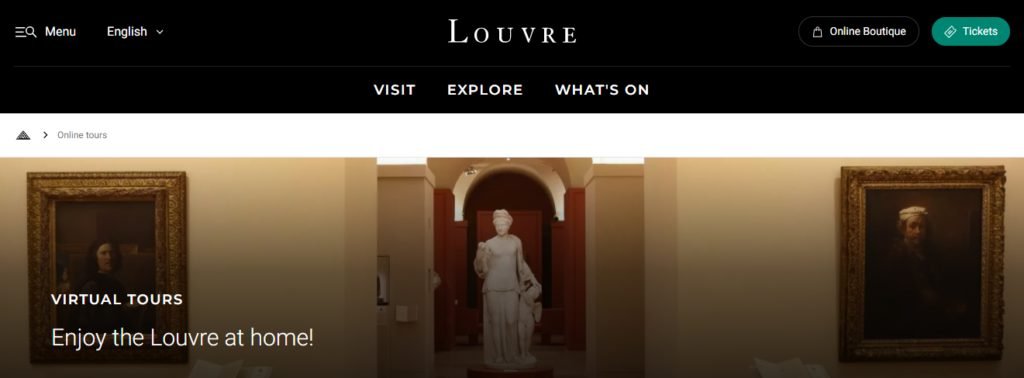
Even the Great Wall of China had its own virtual tour as well:
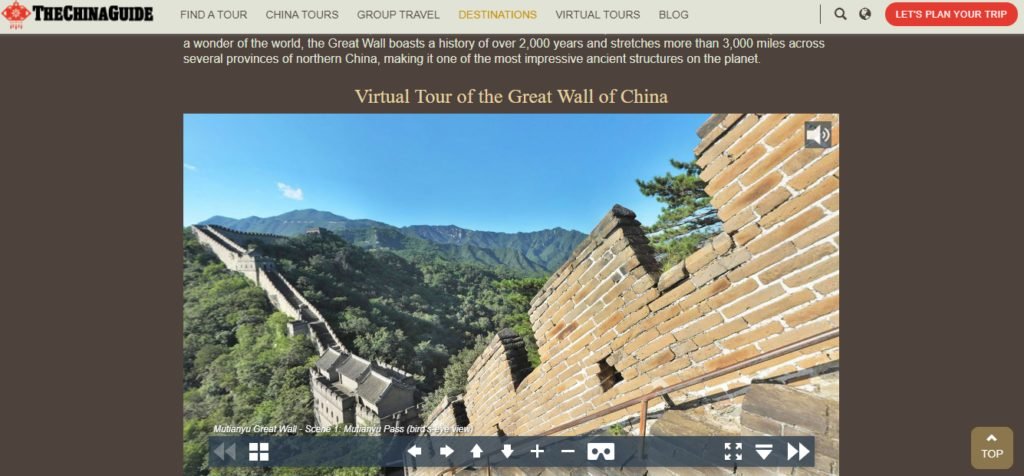
If you still can’t hold a live event in your city or state, a virtual tour can work for now. Just make sure, though, to use high-quality videos, images, and audio to make it as real as possible for your customers.
Experiential Marketing Done Right
RathRather than just reading up on experiential marketing study resources, let’s look at successful experiential marketing examples done by different brands worldwide.
HBO The Escape Room
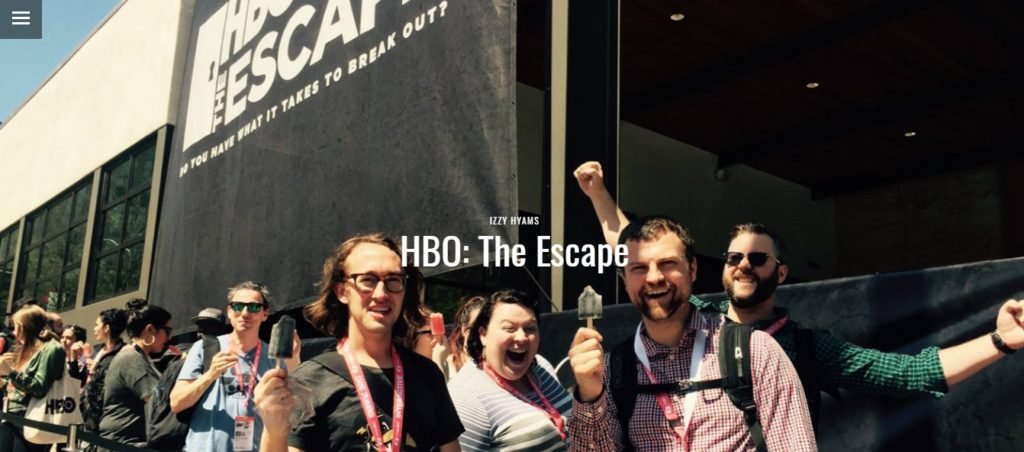
There was a time that “escape rooms” were popular. People are locked inside of a room and should find clues and solve mysteries for them to get out.
With this trend being popular, HBO created a marketing campaign around escape rooms.
The company created one big escape room that had three sections. Each of those sections followed a theme: HBO’s hit series at that time – Game of Thrones, Veep, and Silicon Valley.
Main takeaway: Your brand could ride on the popular trends to make people interested. You can let your products or business play around with that trend.
Sensodyne’s Great Sensitivity Test

Sensodyne was launching a new product called Sensodyne Complete Protection. But, this time, they didn’t want to do some traditional marketing to get word on the street about their new product.
So instead of using traditional advertising, the company chose the path of having its own experiential marketing event. They did so by launching their activity in London’s Potters Field.
If you think that this location was random, HotCow (the marketing agency that helped Sensodyne) chose this location because it’s a place where people can easily see the event, and the press can easily access it. It’s all about exposure.
HotCow made the event memorable and fun by having a public class on oral hygiene, giving out free samples to participants, and of course, having lots of games. The goal was to promote positive emotions around dental health with the Sensodyne brand attached.
They separated the event into three zones. Zone 1 was a free dental sensitivity check-up. Zone 2 was a photo booth where attendees could take a picture with a 13-foot molar. And zone 3 was where the hygiene lesson was held.
Main takeaway: If your business has the budget to go big, do it. It would be a fun event for both the customers and staff of the company. Plus, incorporating games, short lectures, and free items makes the event fun and engaging.
Vodafone 4G Slide
Vodafone wanted to let people know that they’re rolling out a faster internet for their customers. So they wanted to let people experience how fun a fast connection is by installing a slide next to an escalator.
People know that escalators are faster and require less effort than going through a set of stairs. But with a slide? That’s faster than what people think. And that’s what Vodafone is trying to let people understand.

It’s like they’re saying, “You think that’s fast? Look at what we’ve got.”
Main takeaway: You don’t need to dedicate a whole day to your experiential marketing campaign. Being unique and thinking outside the box is enough.
Sprite Pop Up Shower
In 2012, Sprite had an idea to create a pop-up shower on one of Rio de Janeiro’s beaches. The concept was unique and entirely new to the eyes of people. People had the chance to experience what it’s like to be under a soda fountain.

Main takeaway: Coolest experiential marketing campaigns don’t need to be related to your products. Sometimes you need your brand name to be posted where it’s visible for people to see. Sprite chose the beach since it’s wide and open. People can take pictures from afar, and the press can cover them.
Final Thoughts
There are reasons why we choose to pay a premium to attend live concerts rather than listening from our phones. There’s a reason why most would like to go to the movies rather than reading the book version of the film. And when there’s a spectacular event, there’s a reason why we need to see it with our own eyes.
All of these decisions are because of experience. We want to experience all of these things. We want to be physically there and see and feel it ourselves.
That’s why experiential marketing will always be a unique and fun way to get closer to your market. It’s a sure way to engage people with your brand.
Although the campaign might come off as expensive, the ROI on these things usually exceeds expectations. Especially when you do it right, your campaign will be picked up by the press, and people will be taking pictures of it on social media, increasing brand awareness, customer loyalty, and sales.
